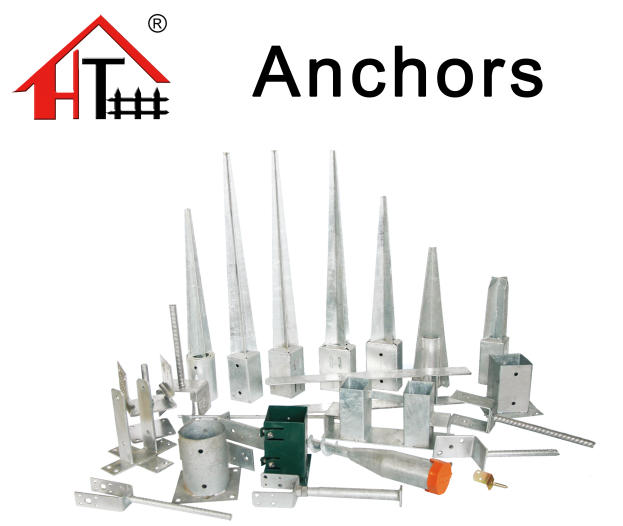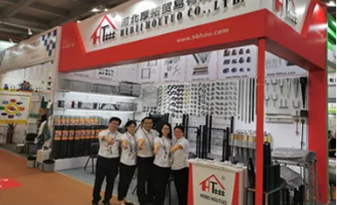The Perfect Tomato Cage for Pole Beans
Growing pole beans can be a rewarding endeavor for any gardener. These climbing legumes not only produce delicious beans but also add vertical interest to your garden. One of the most essential elements for cultivating healthy pole beans is a supportive structure, and the use of a tomato cage can be an innovative solution.
Understanding the Needs of Pole Beans
Pole beans, including popular varieties such as Kentucky Blue and Scarlet Runner, naturally grow tall and require a sturdy support system to reach their full potential. Unlike bush beans, which grow compactly, pole beans thrive when they can climb. This climbing ability allows them to capture more sunlight, which is vital for their growth and productivity.
The Benefits of Using Tomato Cages
Tomato cages are typically designed for supporting tomato plants, but their structure can also be highly beneficial for pole beans. Here are several reasons why a tomato cage can be an ideal choice
1. Stability Tomato cages are usually made of sturdy materials like galvanized metal or reinforced plastic, giving them the strength needed to support the weight of growing pole beans. As the beans climb, they can become quite heavy, and a robust cage can prevent bending or collapsing.
2. Ease of Access Using a tomato cage allows for easy access to the beans when it’s time to harvest. The open structure provides room for the beans to grow while keeping them elevated off the ground, which helps reduce the risk of rot and pest infestations.
3. Space Efficiency For gardeners with limited space, using a tomato cage for pole beans is a fantastic option. The vertical growth habit of pole beans means they take up less ground space, allowing you to maximize your garden area. You can grow other plants around the base of the cage, making it a great companion planting strategy.
4. Improved Air Circulation The design of a tomato cage promotes better airflow around the plants. Improved air circulation can help prevent fungal diseases, which are a common concern in bean cultivation, particularly in humid climates.
tomato cage for pole beans

How to Use Tomato Cages for Pole Beans
Using tomato cages for pole beans is simple. Here’s a step-by-step guide
1. Select the Right Cage Choose a tomato cage that is sturdy and tall enough to accommodate the potential height of your pole bean variety. Look for cages that are at least 5-6 feet tall.
2. Prepare the Soil Before planting your pole beans, prepare your soil with organic compost to ensure it is nutrient-rich and well-draining.
3. Plant the Beans Sow your pole bean seeds around the base of the cage. Typically, you can plant 3-4 seeds around each leg of the cage.
4. Guide the Growth As the beans begin to sprout and grow, gently guide the young vines to start climbing the cage. They will naturally tend to wrap around the support, but a little assistance is helpful.
5. Maintain Your Garden Regularly check the plants for signs of pests or diseases and ensure they receive adequate water and nutrients. Be mindful of the beans as they grow, ensuring they have enough space and support to flourish.
Conclusion
Using a tomato cage for pole beans is a practical and efficient gardening technique. Not only does it provide necessary support for these climbing plants, but it also enhances garden productivity and health. With proper care and management, your pole beans will thrive, yielding a bountiful harvest that can be enjoyed in various culinary dishes. So, embrace the creativity of your gardening approaches, and take advantage of the benefits that tomato cages offer for pole beans!
















